Founded in 1920, the NBER is a private, non-profit, non-partisan organization dedicated to conducting economic research and to disseminating research findings among academics, public policy makers, and business professionals.


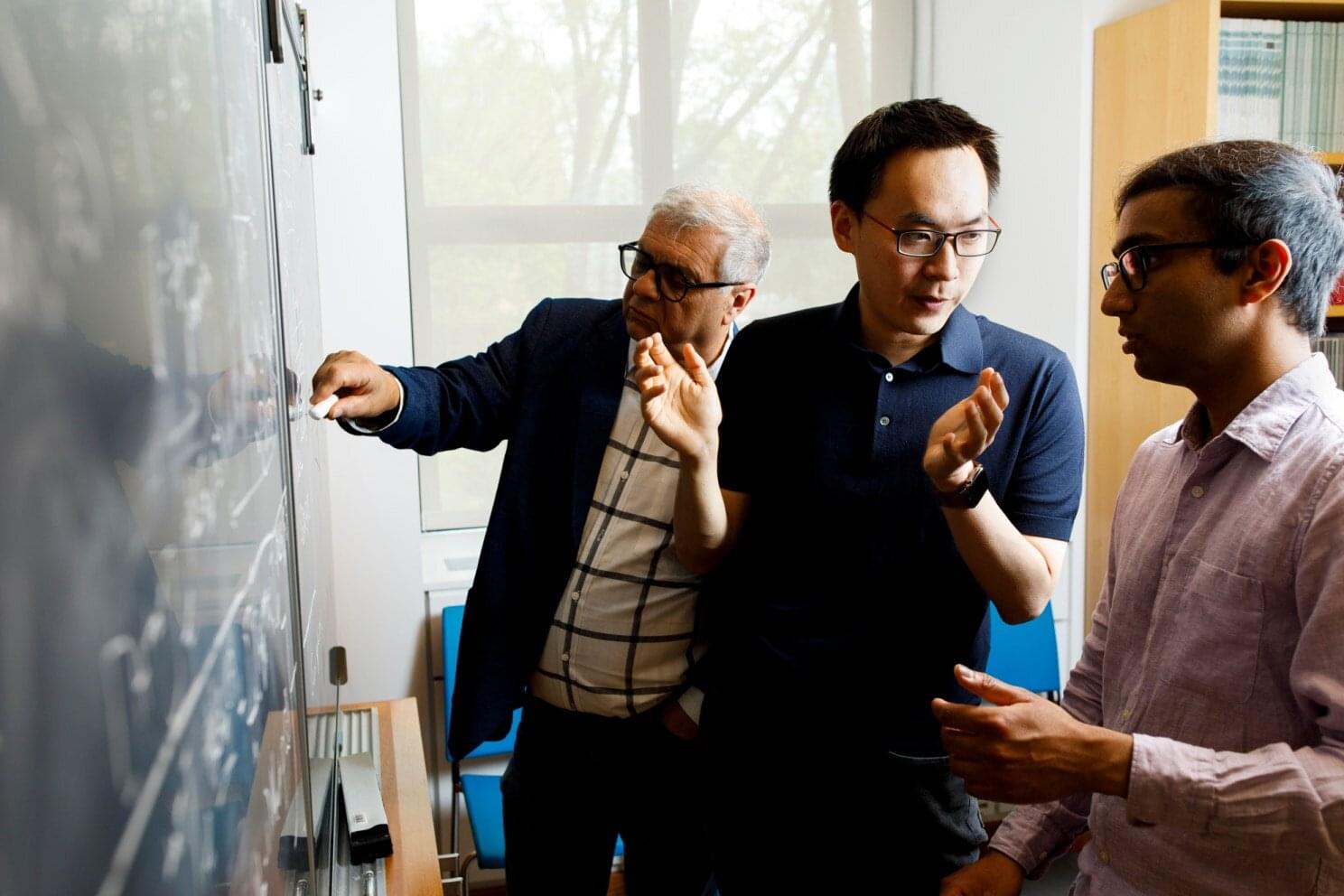
When the first reports of a new COVID-19 variant emerge, scientists worldwide scramble to answer a critical question: Will this new strain be more contagious or more severe than its predecessors? By the time answers arrive, it’s frequently too late to inform immediate public policy decisions or adjust vaccine strategies, costing public health officials valuable time, effort, and resources.
In a pair of recent publications in Proceedings of the National Academy of Sciences, a research team in the Department of Chemistry and Chemical Biology combined biophysics with artificial intelligence to identify high-risk viral variants in record time—offering a transformative approach for handling pandemics. Their goal: to get ahead of a virus by forecasting its evolutionary leaps before it threatens public health.
“As a society, we are often very unprepared for the emergence of new viruses and pandemics, so our lab has been working on ways to be more proactive,” said senior author Eugene Shakhnovich, Roy G. Gordon Professor of Chemistry. “We used fundamental principles of physics and chemistry to develop a multiscale model to predict the course of evolution of a particular variant and to predict which variants will become dominant in populations.”

Operators have pumped water to cool the nuclear reactors at the Fukushima Daiichi Nuclear Power Plant (FDNPP) since the accident in 2011 and treated this cooling water with the Advanced Liquid Processing System (ALPS), which is a state-of-the-art purification system that removes radioactive materials, except tritium.
As part of the water molecule, tritium radionuclide, with a half-life of 12.32 years, is very costly and difficult to remove. The ALPS-treated water was accumulating and stored at the FDNPP site and there is limited space to store this water. Therefore, in 2021, the Government of Japan announced a policy that included discharging the ALPS-treated water via an approximately one-kilometer-long tunnel into the ocean. Planned releases of the ALPS-treated water diluted with ocean water began in August 2023 and will be completed by 2050.
In a new numerical modeling study, researchers have revealed that the simulated increase in tritium concentration in the Pacific Ocean due to the tritium originating from the ALPS-treated water is about 0.1% or less than the tritium background concentration of 0.03−0.2 Bq/L in the vicinity of the discharge site (within 25 km) and beyond.
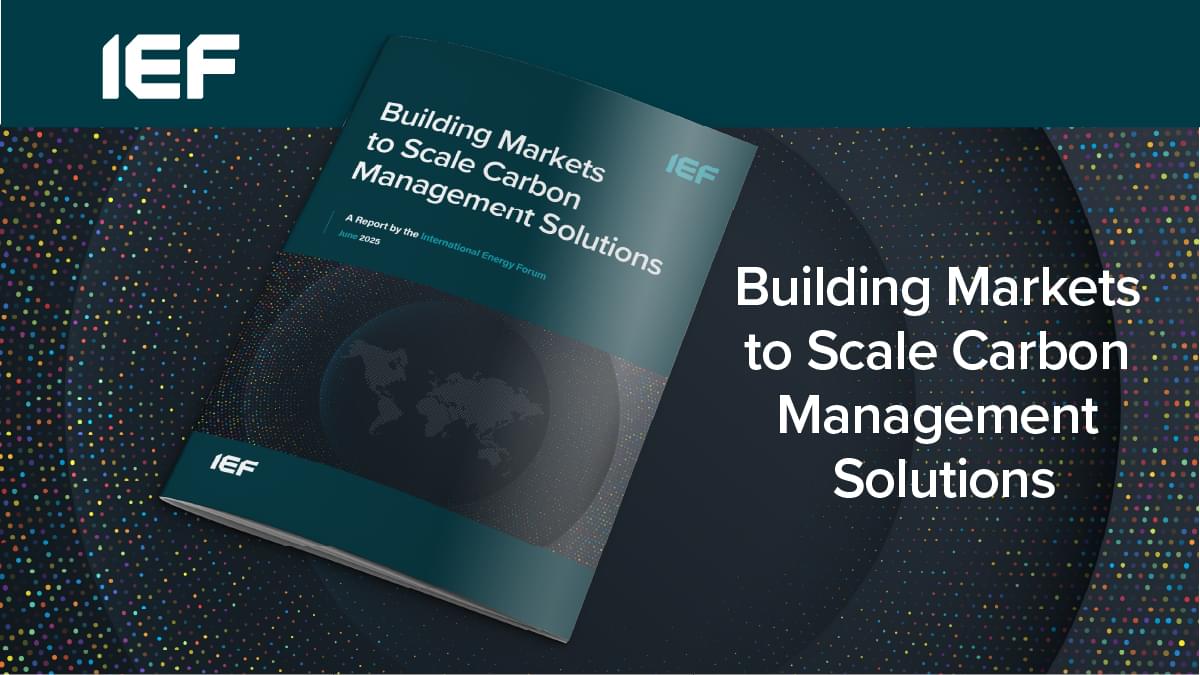
Amid growing policy momentum, Carbon Management Solutions (CMS), including Carbon Capture, Utilization and Storage (CCUS), clean hydrogen, and emerging carbon markets, are gaining critical support. This report examines the evolving landscape of CMS, highlighting emerging value chains integration and novel business models.

In the grand cosmology of Star Trek, the Prime Directive stands as both a legal doctrine and a quasi-religious tenet, the sacred cow of Federation ethics. It is the non-interference policy that governs Starfleet’s engagement with pre-warp civilizations, the bright line between enlightenment and colonial impulse. And yet, if one tilts their head and squints just a little, a glaring inconsistency emerges: UFOs. Our own real-world history teems with sightings, leaked military footage, close encounters of the caffeinated late-night internet variety — yet in the Star Trek universe, these are, at best, unacknowledged background noise. This omission, this gaping lacuna in Trek’s otherwise meticulous world-building, raises a disturbing implication: If the Prime Directive were real, then the galaxy is full of alien civilizations thumbing their ridged noses at it.
To be fair, Star Trek often operates under what scholars of narrative theory might call “selective realism.” It chooses which elements of contemporary history to incorporate and which to quietly ignore, much like the way a Klingon would selectively recount a battle story, omitting any unfortunate pratfalls. When the series does engage with Earth’s past, it prefers a grand mythos — World War III, the Eugenics Wars, Zephram Cochrane’s Phoenix breaking the warp barrier — rather than grappling with the more untidy fringes of historical record. And yet, our own era’s escalating catalog of unidentified aerial phenomena (UAPs, as the rebranding now insists) would seem to demand at least a passing acknowledgment. After all, a civilization governed by the Prime Directive would have had to enforce a strict policy of never being seen, yet our skies have been, apparently, a traffic jam of unidentified blips, metallic tic-tacs, and unexplained glowing orbs.
This contradiction has been largely unspoken in official Trek canon. The closest the franchise has come to addressing the issue is in Star Trek: First Contact (1996), where we see a Vulcan survey ship observing post-war Earth, waiting for Cochrane’s historic flight to justify first contact. But let’s consider the narrative implication here: If Vulcans were watching in 2063, were they also watching in 1963? If Cochrane’s flight was the green light for formal engagement, were the preceding decades a period of silent surveillance, with Romulan warbirds peeking through the ozone layer like celestial Peeping Toms?

More people believe misinformation about electric vehicles (EVs) than disagree with it, according to surveys of four countries, including Australia, Germany, Austria, and the US. The survey found having a conspiracy mentality was the main factor influencing such beliefs, the authors say.
The main misinformation-related concerns for Australians included that EVs are more likely to catch fire, that EVs are intentionally complex to prevent DIY, and that batteries are deliberately non-upgradeable. The authors also found that fact sheets and dialogues with AI-chatbots helped reduce belief in misinformation and increased pro-EV policy support and purchase intentions.
A University of Queensland-led study published in the journal Nature Energy has found misinformation about electric vehicles (EVs) has taken root in society and is primarily fueled by mistrust and conspiracy theories.
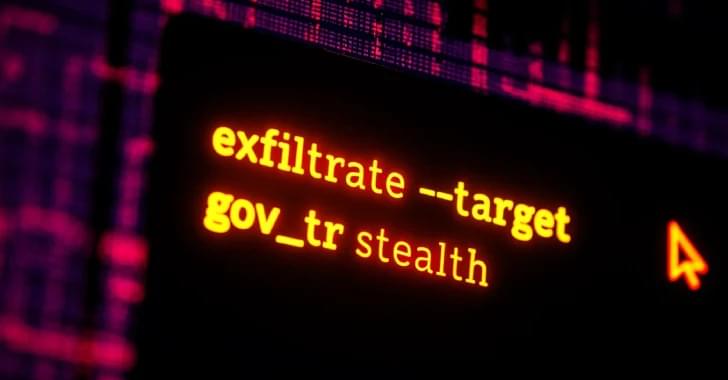
Stating that Bitter frequently singles out an “exceedingly small subset of targets,” Proofpoint said the attacks are aimed at governments, diplomatic entities, and defense organizations so as to enable intelligence collection on foreign policy or current affairs.
Attack chains mounted by the group typically leverage spear-phishing emails, with the messages sent from providers like 163[.]com, 126[.]com, and ProtonMail, as well as compromised accounts associated with the governments of Pakistan, Bangladesh, and Madagascar.
The threat actor has also been observed masquerading as government and diplomatic entities from China, Madagascar, Mauritius, and South Korea in these campaigns to entice recipients into malware-laced attachments that trigger the deployment of malware.
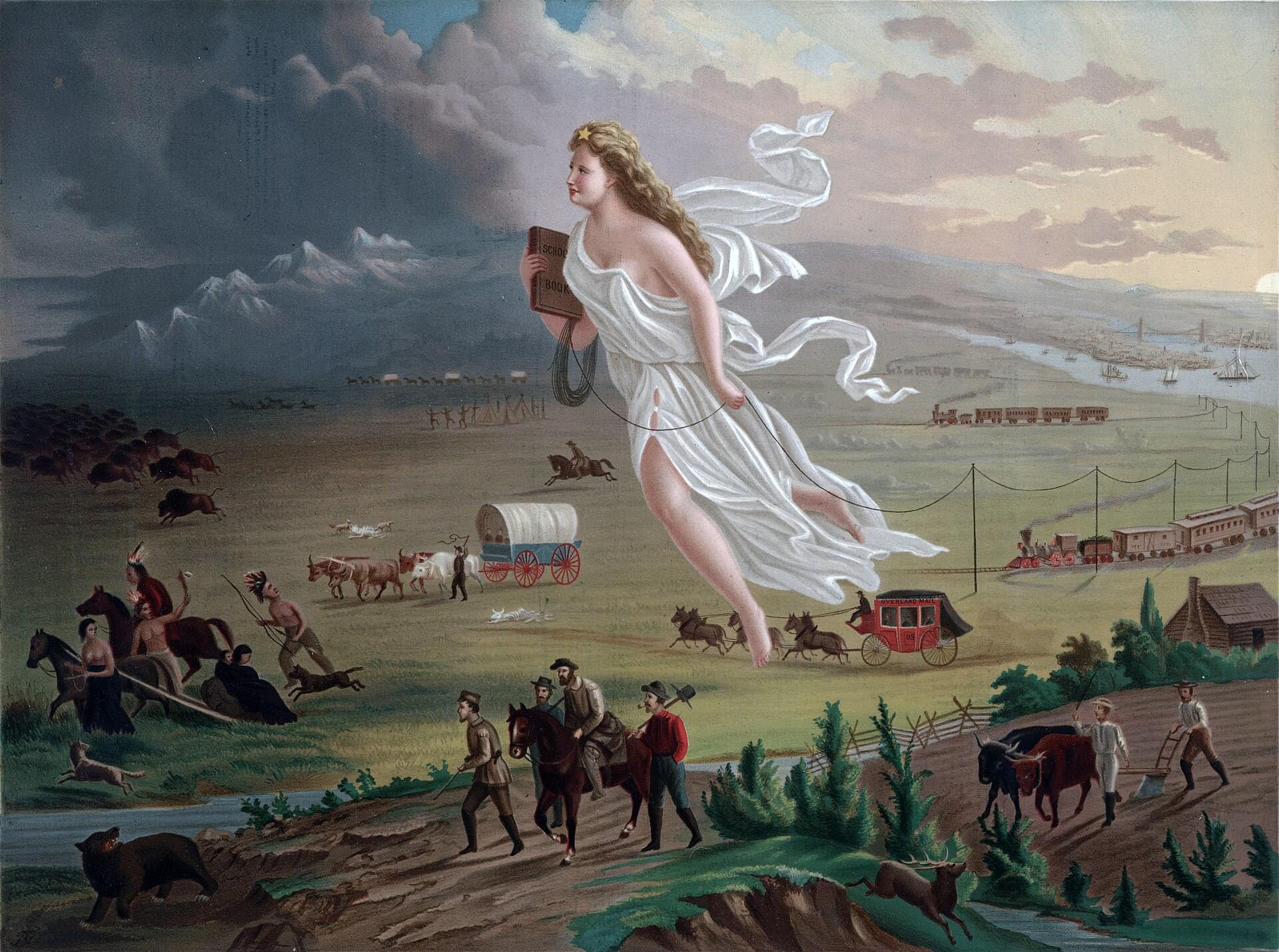
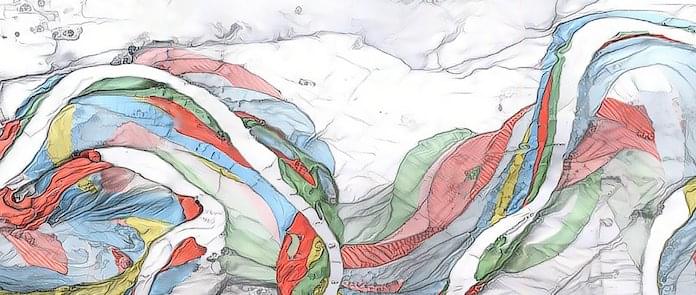
On May 20, during her speech at the Annual EU Budget Conference 2025, Ursula von der Leyen, President of the European Commission, stated:
When the current budget was negotiated, we thought AI would only approach human reasoning around 2050. Now we expect this to happen already next year. It is simply impossible to determine today where innovation will lead us by the end of the next budgetary cycle. Our budget of tomorrow will need to respond fast.
This is remarkable coming from the highest-ranking EU official. It suggests the Overton window for AI policy has shifted significantly.

Using global land use and carbon storage data from the past 175 years, researchers at The University of Texas at Austin and Cognizant AI Labs have trained an artificial intelligence system to develop optimal environmental policy solutions that can advance global sustainability initiatives of the United Nations.
The AI tool effectively balances various complex trade-offs to recommend ways of maximizing carbon storage, minimizing economic disruptions and helping improve the environment and people’s everyday lives, according to a paper published today in the journal Environmental Data Science.
The project is among the first applications of the UN-backed Project Resilience, a team of scientists and experts working to tackle global decision-augmentation problems—including ambitious sustainable development goals this decade—through part of a broader effort called AI for Good.